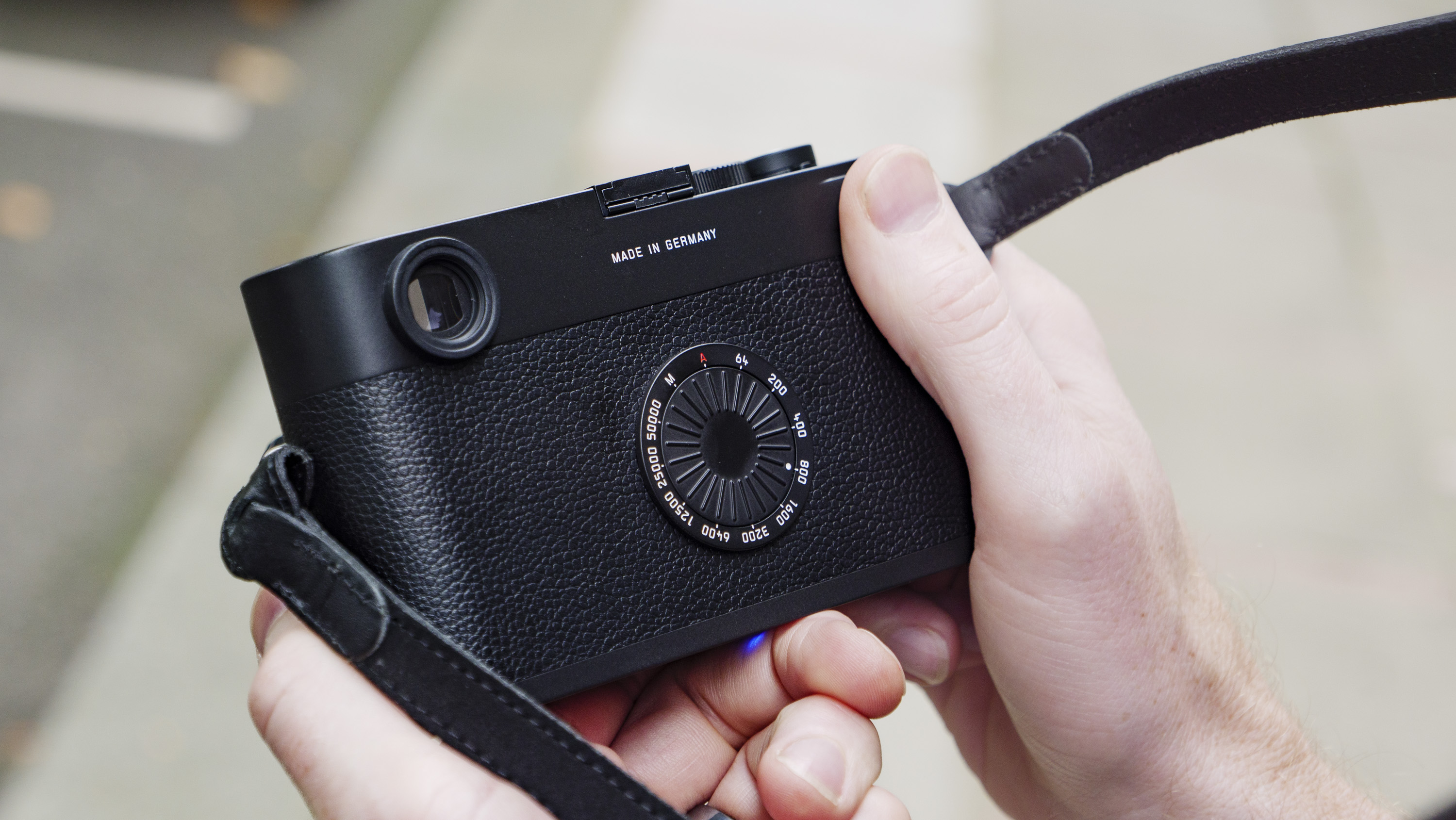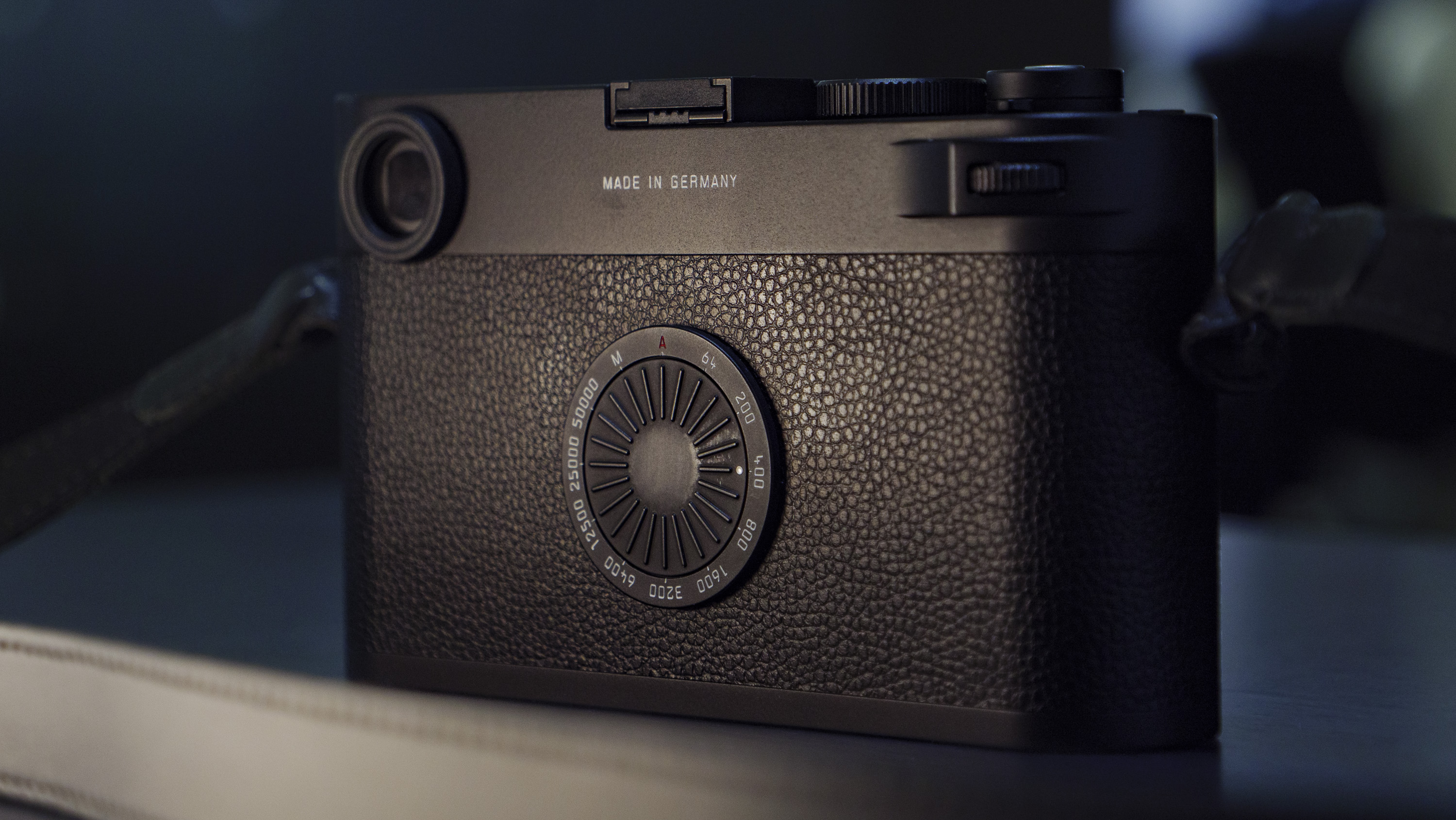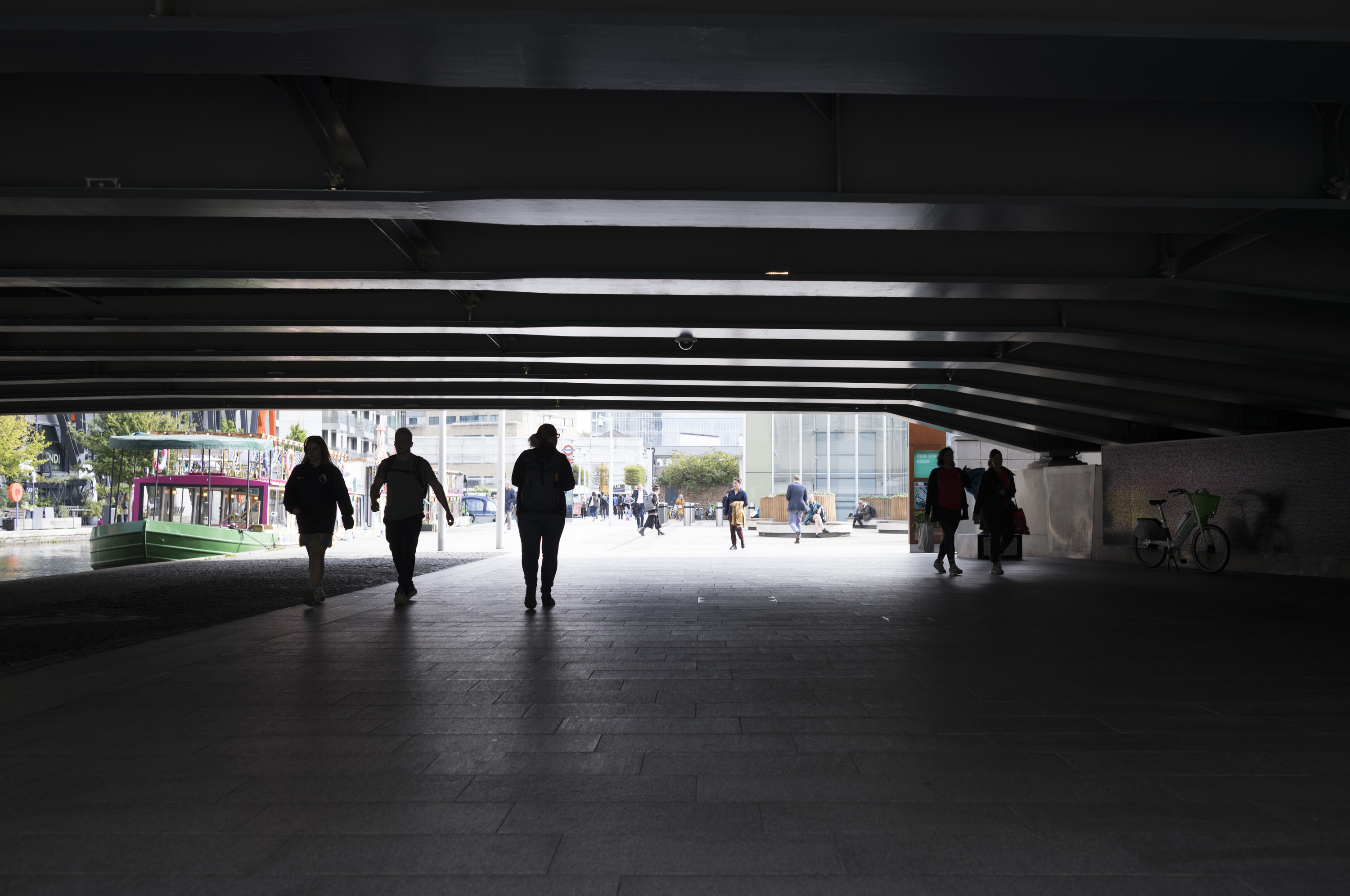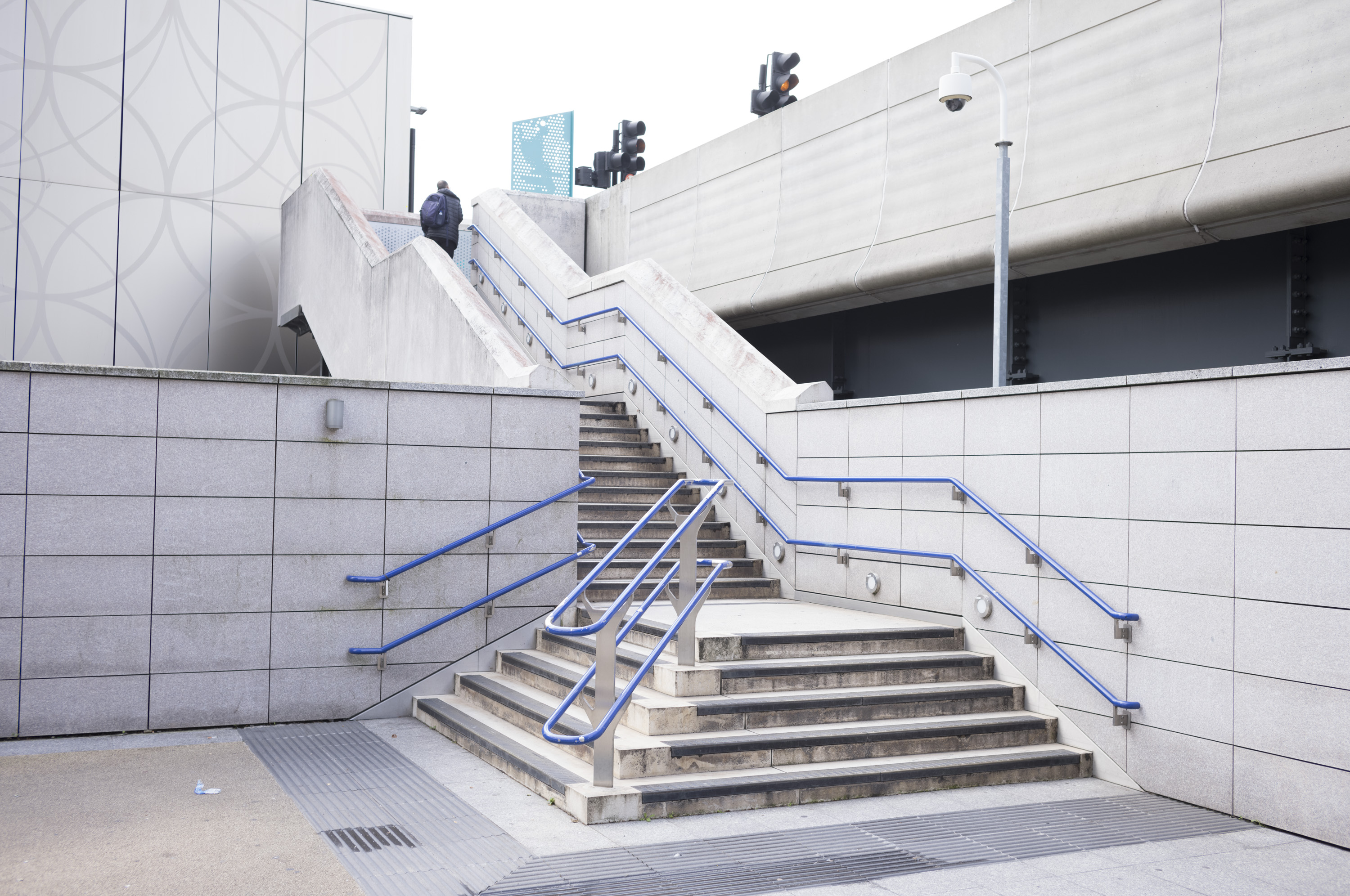Leica recently announced the M11-D, an exclusive digital rangefinder that I was lucky enough to use for an afternoon wandering through London for some street photography. It follows the Leica M11, M11-P and M11 Monochrom with one party trick – it doesn’t have a screen.
In place of the rear screen, the pricey M11-D has an ISO dial, which is a throwback to Leica’s analog rangefinder cameras of old, such as the Leica MP. By removing the instant feedback that a screen provides, the M11-D is designed to take users back to basics for that analog-like experience, while being armed with certain digital conveniences hidden inside, like being able to change the ISO for every shot.
There will be select people for whom the M11-D makes perfect sense. It’s a digital camera that’s designed to deliver the closest possible shooting experience to analog, utilizing a full-frame 60.4MP sensor for superlative image quality, without the ongoing costs of film and development.
Having recently reviewed the analog Leica MP, I was in a perfect position to compare and contrast the analog and digital cameras, both of which are stripped back and fully manual. Did Leica’s niche, and particularly pricey, M11-D live up to my expectations? Is the no-screen thing just a gimmick? Read on to find out.
No screen, no problem
Table of Contents
Before setting out with the M11-D, I took a little time familiarizing myself with its screen-less body. I primarily take pictures with a phone or a digital camera, and not having a screen to compose shots or, indeed, view them straight after capture was an uncomfortable feeling, to begin with at least.
Once I got over not having a screen, however, I found it liberating. There are no dense camera menus to get bogged down with – though that was unsettling at first because there’s literally no way to make changes to certain settings in-camera (I’ll get onto that later).
No screen also means no getting absorbed with image playback straight after capture instead of simply enjoying the moment. I tend to review pictures straight away to make sure exposure and composition are good. Didn’t get it right the first time? Oh well, just take another one. There’s no risk of developing such lackadaisical habits with the M11-D.
Without immediate image playback, your personal focus for getting camera settings and technique spot on is heightened. That sort of attention to detail extends to photography practices such as shooting portraits when you’re doubly attentive to your subject’s posture, and so on.

I should make it clear that the viewfinder of the M11-D is not an EVF like in the Leica Q3 and other mirrorless cameras (that essentially mimics a screen), but an optical rangefinder. A rangefinder features an image field selector to indicate what’s going to be in your shot (bright-line frame pairs for 35/135mm, 50/75mm or 28/90mm lenses – I had the Leica 35mm f/2 Summicron-M ASPH lens), plus a split image in a central box that you line up to ensure focus is sharp where you want it. This is a slow process with a steep learning curve.
Yes, no screen and no autofocus proved a real challenge. However, despite needing to manually focus and select the aperture and shutter speed, the M11-D offers a few modern digital conveniences not enjoyed by analog, such as auto ISO (based on your chosen shutter speed and aperture) and changing ISO for each picture, unlike with a roll of film which is locked to one sensitivity.
There are also handy LED overlays in the rangefinder, in addition to those frame lines for your attached lens. For example, an arrow indicates when exposure is too bright or dark, fed by the camera’s evaluative exposure meter.
There are other advantages to the M11-D’s screen-less design. It’s about 20% lighter than its screen-equipped digital alternatives, weighing just 540g for the body only (Leica lenses are light, too). Battery life is also superb, listed as 700 shots when using the rangefinder mode, and boosted to 1,700 shots using Leica’s ‘adapted shooting cycle’.
I thoroughly enjoyed an afternoon wandering around central London with the Leica M11-D. It took me right back to photography basics, sharpened my technique, and ultimately helped me be present in the moment. I’ve included some of my favorite shots below.
The modern twist
For all its traditional design attributes, the M11-D offers several modern conveniences at your fingertips that don’t need to detract from your analog-like experience. There’s a discreet exposure compensation wheel by your thumb, plus a function button on the top plate that serves a few purposes, including displaying battery life and shots remaining in the LED overlay, plus initiating connection to the Leica Fotos app.
You have two choices for uploading your images: Bluetooth connection to the Leica Fotos app on your phone or tablet or, like most digital cameras, uploading the photos on your memory card onto your computer when you next get the chance (the camera also has 256GB or internal memory). Sending pics to the app is not quite the same as sending film rolls off to the lab and waiting days or weeks in anticipation for the scans to come your way, but the M11-D’s delayed gratification is cathartic nonetheless.
Those who don’t mind the modern touch can even view and control the M11-D remotely using the Leica Fotos app on a phone or tablet.
Whatever you’re using Leica Fotos for, the initial pairing process is simple, but what impressed me more is how easy it is to re-pair the camera when a connection is broken, like when you turn the camera on and off. Re-pairing simply needs a five-second press of the function button – a nice touch is that the LED overlay in the rangefinder displays the timer of how long you’ve pressed the button. This camera-to-phone Bluetooth connection is about as seamless and reliable as I’ve ever experienced.
As I alluded to earlier, some functions can’t be accessed directly through the camera, and instead are found in the camera settings menu in the Leica Fotos app. One example is activating Content Credentials, which debuted in the M11-P, and needs to be turned on using the app.
Looking over my photos, there were plenty of hits and misses. That comes with the territory of using a fully manual camera with moving subjects. One thing that’s consistent, though, is the gorgeous colors of Leica’s sole color profile and universal DNG raw format.
More than the quality of pictures, the M11-D proved a dreamy experience and to me, it makes the most sense of any digital Leica. You really feel like you’re shooting analog, but you also get certain reassurances and advantages that digital camera tech brings, should you need them. For keen photographers, a screen-less camera could turn out to be a gift that keeps on giving.









































